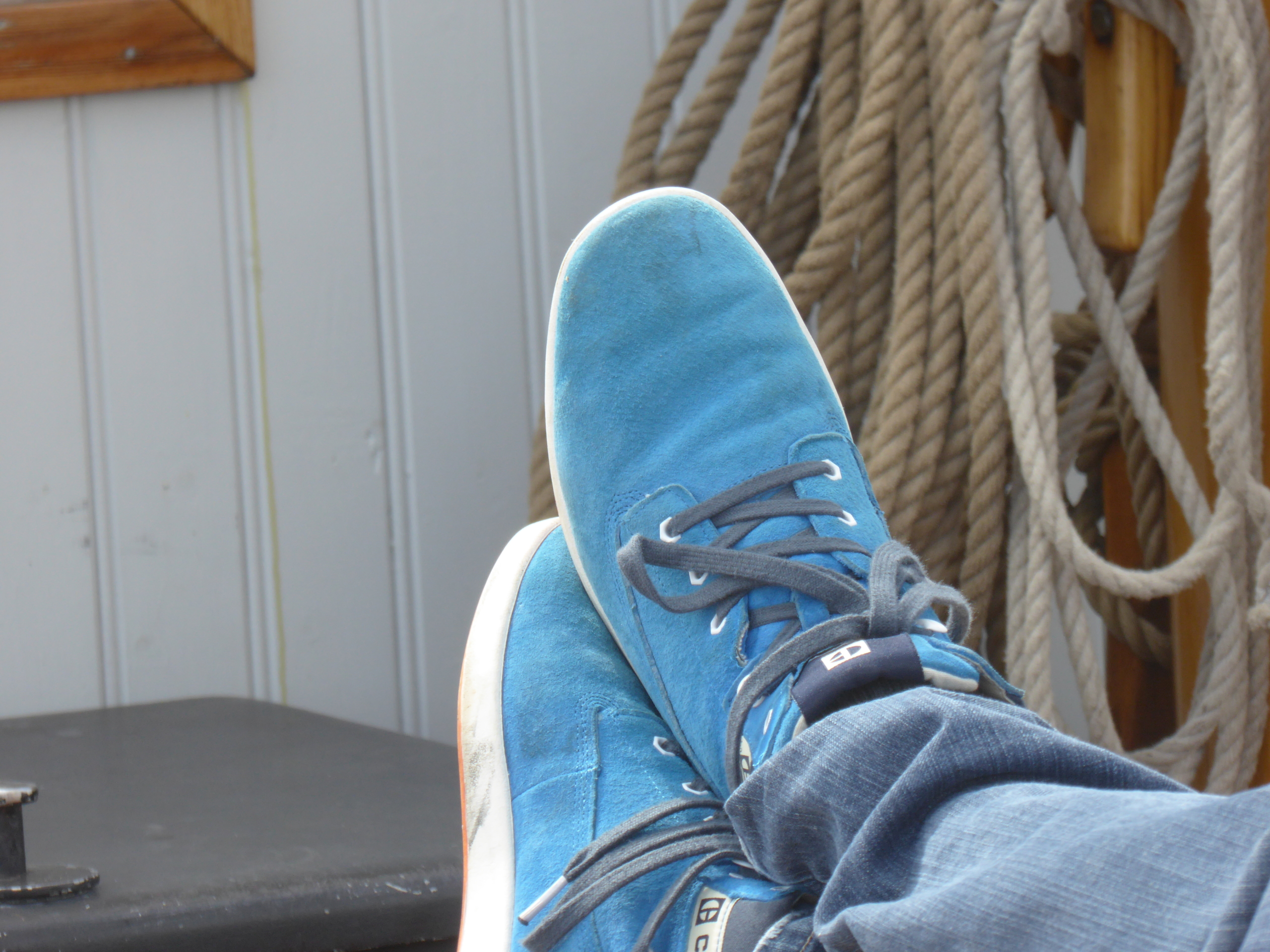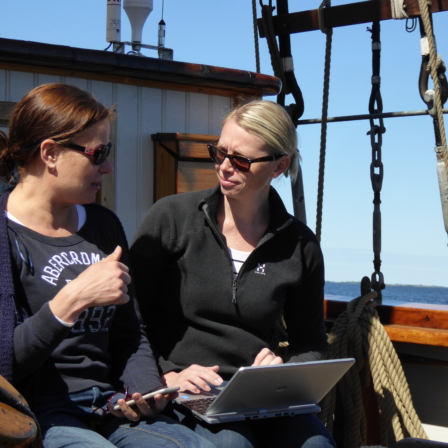During the Almedalen Week, mayors of Nordic cities attempted to draw up a collective message for the climate change conference in Paris. We travelled from Turku to Visby by sailboat. Our slow journey and various discussions during our two days in Visby provided plenty of opportunities to ponder how we could do things smarter in Finland – based on good administration.
Our jungle of regulation may have been created to protect us, but it can also be a major hindrance. In Finland, oversized regulation in relation to the size of our economy can hold back essential planning projects for decades or longer, before any impacts on growth and employment are achieved.
We are lagging behind our competitor countries in the use of clean technology in urban development projects. Stockholm, Copenhagen and Freiburg in Germany are good examples of how agile city development planning can enable sustainable economic growth.
The small Finnish economy has one advantage – rapid action based on its consensus culture. This should also be visible in bureaucratic throughput times. Europe’s democratically led countries can only flourish against American laissez-faire capitalism and China’s centralised administrative model on the basis of agile, good administration.
Strategic projects in areas such as urban development create major added value: they forge a competitive edge for businesses which attracts new investment to a region, thereby creating new jobs and boosting tax revenues. A good example of this is the Royal Seaport project in Stockholm, which has the financial sector and clean technology as its main themes. As we saw in Almedalen, the Swedish consensual approach is one way of ensuring smooth realisation based on a collective vision.
Östersundom to become a pilot region for the circular economy and clean urban building
The Östersundom affiliate city project is a joint project between three municipalities – Helsinki, Vantaa and Sipoo – which regards the 50-square-kilometre area in question as a model for growth over the forthcoming decades. The aim is to build a new city with 70,000 to 100,000 inhabitants, 15,000 to 30,000 jobs, a pilot area for smart and clean urban solutions and a location for cleantech enterprises.
Much work still needs to be done in reconciling conflicting views. For example, birdlife will have to be protected in this Natura conservation area. However, Östersundom is expected to make a major contribution to achieving the goal of Sipilä’s government programme – to make Finland a pioneer in the bio and circular economies. Such a goal is identical with that of the Climate Leadership Council, of which Sitra and various companies are members: to make the Helsinki metropolitan area a leading cleantech metropolis.
Bridge-building underway, resident participation needed
In Östersundom, representatives of the city, enterprises and the government are building bridges between opposing views to create a joint Smart & Clean vision. Our aim is smooth and realistic planning and processing by the authorities, based on early-stage dialogue between the markets and public administration.
Östersundom’s main themes – the emerging circular economy and good administration enabling the participation of residents and companies – are crystallising around this vision. Smart and clean solutions will be developed in co-operation with companies and residents in the areas of renewable energy, waste-free processes, water supply, habitation and construction.
Towards a carbon-neutral Helsinki
Östersundom’s bioeconomy node will involve co-operation between companies and the city in the development of a circular economy business park that generates electricity, heat and bioproducts such as food, and biofuels from the resulting side streams. Based on the right selection of key development themes, we are creating a regional brand for Östersundom as a carbon-binding “beyond zero” area helping Helsinki to become a carbon neutral city by 2050.








Recommended